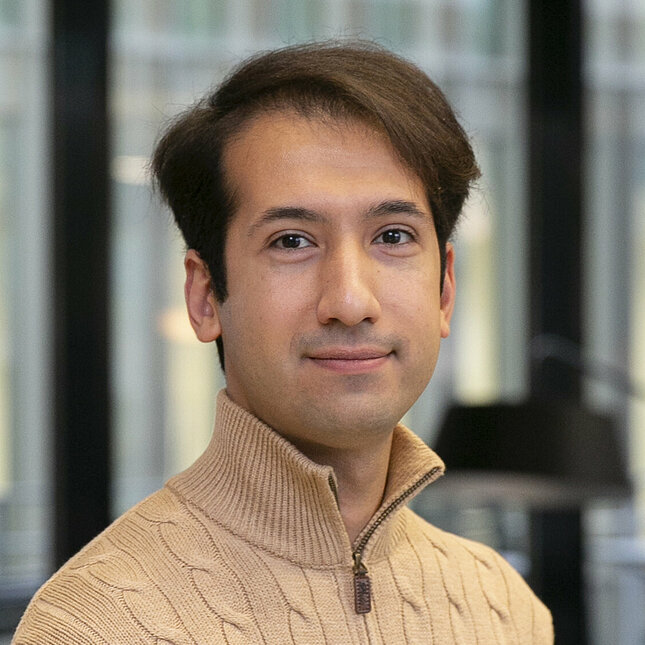Towards plasma charging visualization
Mohammad Hasani defended his PhD thesis at the department of Applied Physics and Science Education on June 13th.
![[Translate to English:] [Translate to English:]](https://assets.w3.tue.nl/w/fileadmin/_processed_/1/d/csm_Hasani%20Banner%20image%20Research%20image_5c4ebf6255.jpg)
Plasmas are prevalent in contrasting parts of our universe, from the planetary rings of Saturn to the manufacturing processes behind the production of modern microchips. This ionized gas, comprised of positive ions and electrons, often contains nanoparticles that add extra complexity to the plasma. Our ever-shrinking microchip technology necessitates the study of dusty plasmas at the length scales of a few nanometers. These nanometer-sized dust particles become charged in plasma, consequently playing a dynamic role in dusty plasma. For his PhD research, Mohammad Hasani developed a novel diagnostic method that uses quantum dots to visualize the charging of the nanoparticles in plasma.
Dust particles: friend or foe?
Regardless of their source, nanoparticles can be a friend or foe, depending on the plasma application. Their threat is realized chiefly in lithography machines where the presence of tiny dust particles can result in catastrophic damage to the whole microchip manufacturing process.
The beneficial role of nanoparticles is recognized when precious nanostructures, such as thin films or quantum dots nanostructures, are synthesized within a plasma. In either case, one must understand the charging processes of nanoparticles to steer the trajectory of nanoparticles in the case of contamination control or leverage nanoparticles’ charge in the generation process of nanostructures.
Quantum dots visualizing the charge
For his PhD research, Mohammad Hasani used quantum dots to visualize the plasma charging of nanoparticles. Quantum dots are crystalline semiconductor nanoparticles that exhibit size-dependent properties. These zero-dimensional semiconductors have an interesting property called photoluminescence. Upon excitation with a (laser) light source, quantum dots are excited, emitting light with a photon energy lower than its excitation photon. The photoluminescence emission was used to detect and measure quantum dots’ charge when exposed to plasma.

As the quantum dots were immersed in plasma, electrons accumulated near them, and electrons’ associated electric fields altered the quantum dots’ photoluminescence emission. By analyzing this alteration, quantum dots were noted to perform as charge probes.
Controlling charge
Pulsed plasmas occur in applications such as photolithography or nanoparticle synthesis. An inherent stage in these plasmas is when the standard plasma ceases to exist, known as plasma afterglow. Typically, the trapped nanoparticles lose charge partially or accelerate towards chamber walls. In this case, de-charging nanoparticles is a dominant phenomenon, which can be leveraged for particle charge control and, eventually, contamination prevention.
Laser and microwave-based diagnostic techniques are further developed to study the de-charging of nanoparticles and other plasma constituents, such as negative ions, during the plasma afterglow.
Title of PhD thesis: Towards Plasma Charging Visualization. Supervisors: Job Beckers and Gerrit Kroesen.
Latest news


